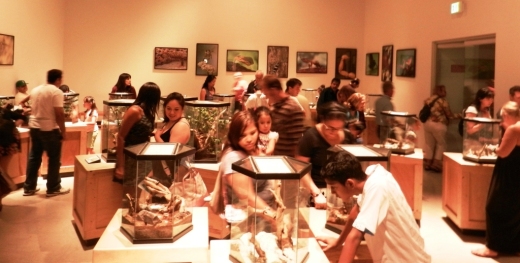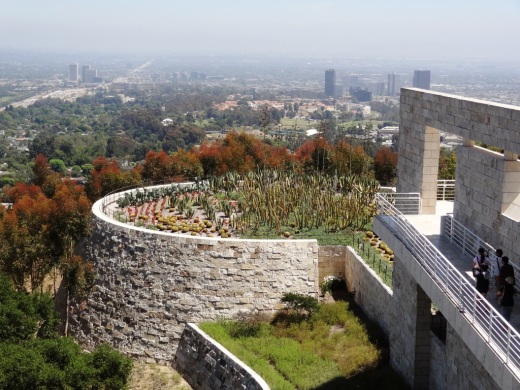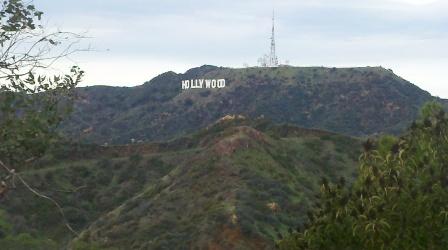Los Angeles County Museum of Natural History
/The Natural History Museum (NHM) of Los Angeles County is located at 900 Exposition Blvd. in Los Angeles, near USC. It is open daily from 9:30 am to 5 pm. It was the first dedicated museum building in Los Angeles, opening its doors in 1913. The NHM has amassed one of the world’s most extensive and valuable collections of natural and cultural history—with more than 35 million objects, some as old as 4.5 billion years. The Natural History Family of Museums includes the NHM, the Page Museum at the La Brea Tar Pits in Los Angeles and the William S. Hart Museum in Newhall.
Sections of the museum include African Mammals, North American Mammals, Insect Zoo, Gems and Minerals, California History, Birds and much more. In July 2011, the new 14,000 sq ft Dinosaur Hall opened, featuring over 300 fossils and 20 complete mounts of dinosaurs and sea creatures. It includes a Tyrannosaurus rex growth series, Triceratops, Stegosaurus, Allosaurus, long-necked Mamenchisaurus and much more! It is extremely impressive!
My kids were particularly wowed by the Insect Hall, where they were treated to dozens of display of live insects from around the world. In fact, I think they would have spent the entire day in there if they could have.
Insect Hall
Museum admission (as of August 2022) for NHM members and children under 3 are free; children 3-12 are $7; youth 13-17 are $12, seniors 62 + are $12; and adults are $15. Visit www.nhm.org or call 213.763.DINO for more information.

































